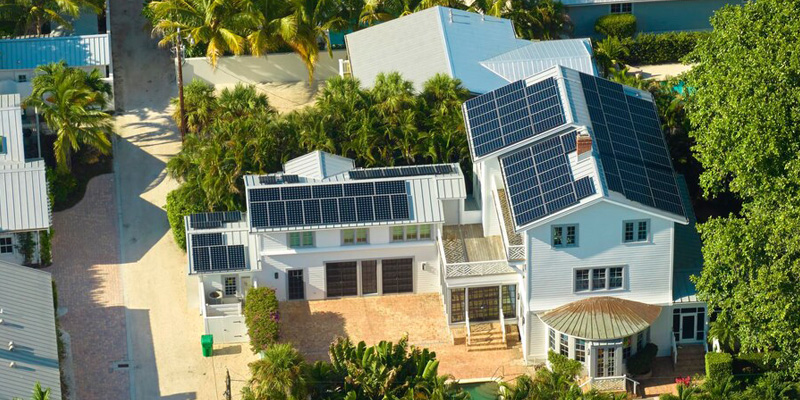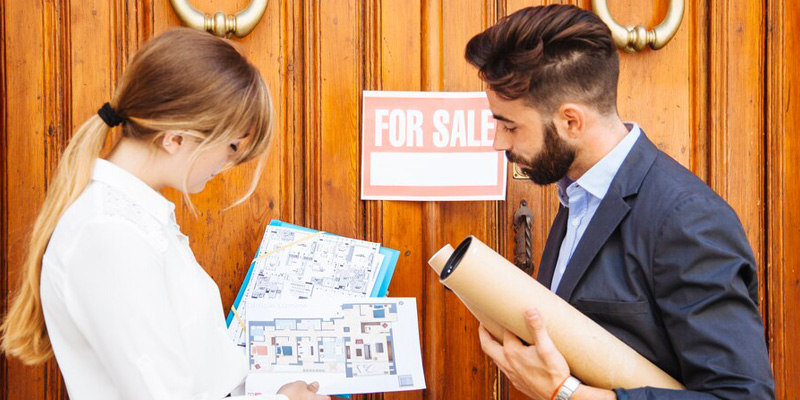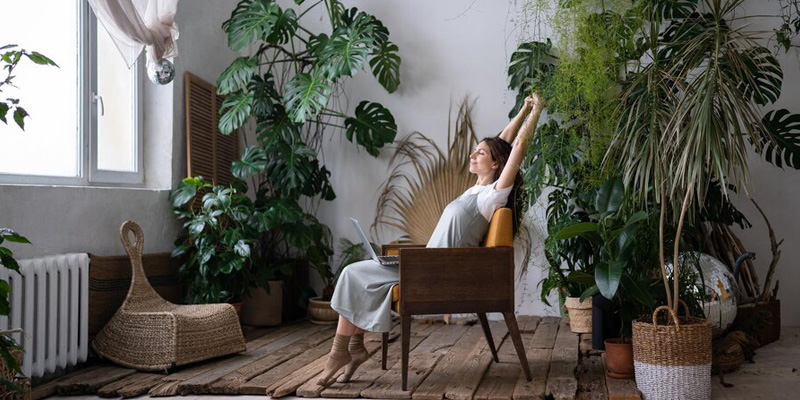A sustainable lifestyle or living is no longer an environmentally conscious practice – it is now indicating new pathways within modern aesthetics by embracing environmental consciousness with design and luxury. Here’s how:
Sustainability as the New Status Symbol:
Today’s choosy homeowners are choosing environmentally friendly home options, believing that being green is stylish. Elegant properties that avoid impacts on the environment through the installation of renewable energy sources and construction materials are seen as socially responsive.
Innovative Architectural Design:
Things like making internal greenery with plant-based lifestyle and surrounded by hanging plants, installations of living walls, and more natural lighting to assist residents feed with nature. Climate control is the ways in which homes are oriented, insulated, and ventilated to reduce energy loss.
Sustainable Materials in Modern Aesthetics:
Luxury materials of recycled timber, bamboo, recycled metal; and natural stones offer a luxurious and green look. Conventional and distinctive designs allow for the total elimination of mass-production materials and add character to items.
Smart Technologies Enhancing Eco-Living:
Energy-efficient devices such as smart thermostats, lighting systems, smart washing machines, and smart appliances do help to save energy without necessarily doing away with comfort. Sophisticated components like greywater recycling and rainwater harvesting create efficiency as a part of today’s lifestyle.
Luxury in Energy Independence:
Net-zero homes are buildings with solar or other renewable energy resources that are ideal homes that are independent of the grid source and are unique. Off-grid sophistication is Cohousings conceived as fully sustainable houses with sophisticated water, energy, and waste recycling facilities are now considered the pinnacle of sophistication.
Health and Wellness Focus:
Employment of non-hazardous, low-VOC building materials and air-cleaning devices improves indoor air. Those layouts that allow maximum control of light and air are considered beneficial for health.
Eco-Friendly Communities:
Squared, with communal green, pedestrian planning, and environmentally friendly features, the larger buildings enshrine modern elegance. Living near nature reserves, forests or water bodies adds icing to the cake to eco-living.
Cultural Shift Toward Responsibility:
The luxury of this age does not lie in the ostentatious style but in the sustainable and sensible style. Purchasers are actively looking for buildings they will invest in that can create and support the long-term goals of their own and future generations.
Impact on Real Estate Trends:

Environmentally friendly and technologically advanced houses cost relatively more to build than traditional houses. It is a fact that sustainable luxury properties have better market features of value retention, as well as lower operational costs which would draw the attention of contemporary, more educated consumers.
Eco-living means the adaptation of a new policy in the contemporary sense of style and luxury living as characterized by innovation and design. It also improves an individual’s well-being, which is as important as the notion of sustainable advancement of society; thus, a responsible attitude toward nature becomes the foundation.
Eco-friendly Living Trends in Real Estate
Green housing is a growing part of the ecosystem within the real estate market due to consumer awareness, governmental policies, and the threat of climate change. Here’s a look at the key trends shaping eco-friendly living in real estate:
Energy-Efficient Homes:
Houses that can generate the power that is used within the house through the aid of solar panels or wind turbines are a better type of insulation. Higher adoption of certified home appliances that draw little power while offering similar effectiveness as other appliances with higher power usage.
Green Building Certifications:
Several certifications, including LEED (Leadership in Energy and Environmental Design), WELL Building Standard, Passive House, etc., make sure homes are sustainable luxury and healthy spaces to live in. These certifications add value and marketability to properties.
Sustainable Building Materials:
Reduced usage of concrete, stone, ceramic tiles, and other fuel-intensive materials and an emphasis on the use of tropical hardwoods, reclaimed wood, bamboo, recycled steel, scrap iron, low-impact glass, etc is preferred. Modular and prefabricated construction systems are beneficial with regard to waste production and its impact on the environment.
Smart Home Technologies:
Some examples of applied smart applications include Smart thermostats, lighting controls, and energy monitors all of which assist in the saving of energy. Water-efficient devices include smart irrigation systems and low-flow fixtures.
Water Conservation Practices:
Rainwater harvesting for agricultural purposes with the uses of grey water for other purposes other than for drinking. Xeriscape, which is the practice of drought conservation in the layout of a yard, ensures minimum use of water outdoors.
Integration of Renewable Energy:

Houses with solar roofs, geothermal systems, and storage batteries are installed in homes today. Policies such as incentives as well as taxation credits increase the utilization of renewable energy systems.
Biophilic Design:
Architectural and interior concepts will consist of the use of natural features such as the integration of plants like those used in a green wall, extensive employ of glass in lighting, and general installation of some indoor gardens. Advanced air quality brings a positive atmosphere and a beautiful appearance to a living environment.
Sustainable Communities:
Neighbourhoods developed with open space, green energy plants, walkways, bicycle tracks, and other eco-friendly infrastructure. For instance, a strong focus is given to features such as ‘walkability’, bike lanes, and easy access to public transport.
Tiny and Modular Homes:
Modern compact structures of dwelling designs constructed from environment-friendly materials accent modern tendencies of frugality. Modular homes eliminate construction wastage and these homes are designed with the aspect of energy efficiency in mind.
Government Incentives and Policies:
It is important to note that a number of governments around the world provide tax credits, incentives, or grants for green building and renewable energy systems. More rigid standards set in construction procedures stimulate enhanced energy use and end up promoting sustainability.
Circular Economy Practices:
Builders strive to minimize waste and recycle many things through construction. Old building material sourcing can lead to recycled or repurposed materials and therefore stand for the circular economy.
High Resale Value:

Green homes are now accepted as being in a higher category of houses. Purchasers understand that there are significant and steady efficiencies in energy and maintenance expenses in the long haul.
Educational Awareness:
The ideas of sustainable lifestyle or living are being promoted through interactions between developers, agents, and buyers. The increasing awareness impacts the buying behaviour towards environmentally friendly homes. Sustainability in real estate as an ecological lifestyle is a combination of environmental conservation, the use of technology, and the newest trends in people’s free time. With the growth of this trend, it reshapes the industry and makes more sense for the economy as well as the environment.
Conclusion:
Finding residential properties that value sustainable living can be hard to identify. It is important to know the environmental impact we have on the planet and find ways to reduce your carbon footprint. Bud Realty, one of the best real estate consultants in Bangalore, can help you.







Add comment